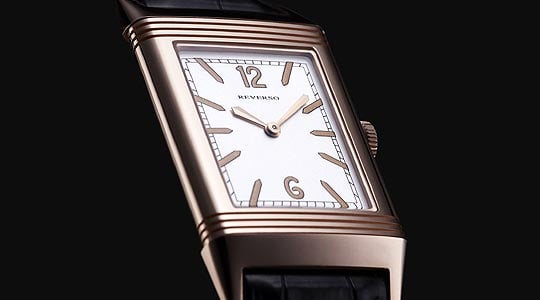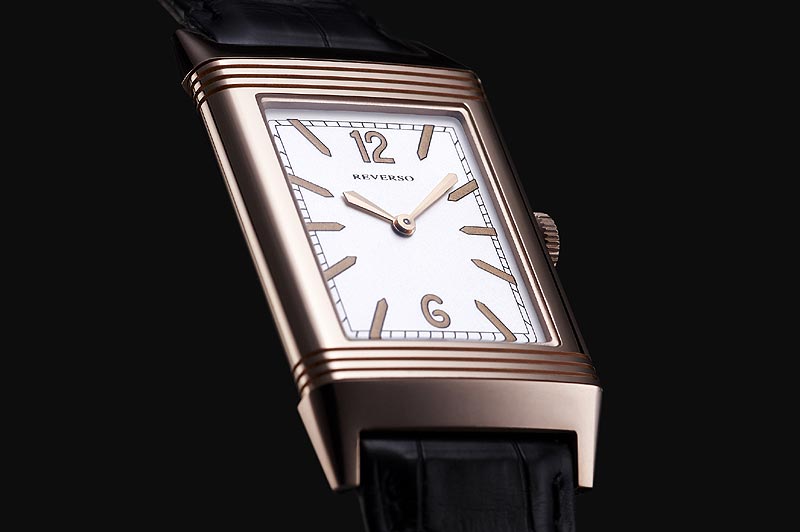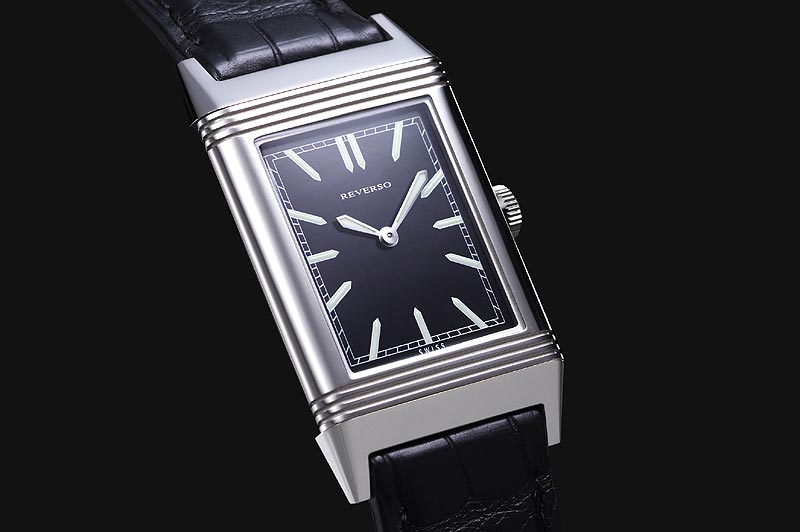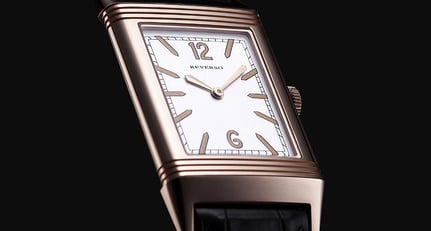
There are various opinions as to when the sports watch was born, but I like to think that the first timepiece to be seriously designed with sport in mind was the Jaeger-LeCoultre Reverso, the 80th anniversary of which is marked this year, writes Simon de Burton.
According to legend, the Reverso was inspired in colonial India when a British Army officer is said to have dismounted from his polo pony in a distressed state, after discovering that his wristwatch had been smashed during an especially vigorous chukka.
Striding into the clubhouse, he related his misfortune to an entrepreneurial watch distributor called Cesar de Trey, who took the tale of horological woe all the way back to the small mountain town of Le Sentier in Switzerland, where Jacques-David LeCoultre ran a watchmaking business established by his grandfather in the 1830s.
Rather than simply sending advice back to India that perhaps polo players ought to ride without watches, LeCoultre and his business partner Edmond Jaeger commissioned a dental instruments maker, called Rene-Alfred Chauvot, to accept the challenge of designing a rectangular watch case that could be swivelled 180 degrees, in order to protect its glass and dial.
At 1.15pm on 4 March 1931, Chauvot registered his invention of a 'wristwatch which can slide on its base and flip over on itself' with the National Industrial Property Institute. The Reverso had arrived.
LeCoultre promoted the design with advertising material that noted: "A watch, and more particularly a bracelet watch, is exposed to accidents in all spheres of social activites and sport. To be able to prevent these by a simple gesture is a very great advantage."


But the Reverso offers more than just protection, because the back of its swivelling case lends itself perfectly as a blank canvas on which to engrave sets of initials, coats of arms or dedications. It can even be enamelled with imagery, much to the delight of the Indian royals of old, such as the Maharaja of Kapurthala who modestly ordered dozens of examples bearing his own portrait.
The Reverso quickly assumed cult status (famous wearers included the actor Sir John Mills and aviatrix Amelia Earhart), but the onset of WWII saw production peter out. The model was briefly revived during the 1960s, but it was not until 1984 that it enjoyed its true renaissance when Jaeger-LeCoultre's owner, the Vendome group (now called Richemont), brought the iconic 'polo watch' out of retirement.
It subsequently became Jaeger-LeCoultre's best-seller and has been made available in numerous forms, ranging from the square-cased Squadra to the ultra-complicated, super-expensive Reverso a Triptyque which boasts three dials.
To mark the model's 80th birthday, however, JLC has opted for simple classicism with the delectable 'Grande Reverso Ultra Thin Tribute to 1931'. As the name suggests, it has a wider and longer case than the original (which measured 23mm across and 38mm between the lugs), but is more than two millimetres thinner.
The original dial styles have been faithfully reproduced and the watch is available in steel with a black dial, or as a limited edition of 500 in pink gold with a white dial. For sheer, understated horological sophistication, it can't be beat.
For further information, see reverso.jaeger-lecoultre.com/en.
Text: Simon de Burton
Photos: Jaeger-LeCoultre
ClassicInside - The Classic Driver Newsletter
Free Subscription!



